What To Do If Your Doorbell Wires Are Not Labeled? (Do This!)

If your doorbell wires are not labeled, then you need to locate the chime and the low-voltage transformer. The chime could be in your living room, kitchen, or another open area. The transformer may be near your electrical panel, garage, or mechanical room.
Once you find those components, you’ll be able to trace the wires connected to the doorbell either manually, or using an electrical meter.
Do You Need Electricial Wiring or Panel Upgrade Services?
Get free, zero-commitment quotes from pro contractors near you.

Use Caution When Working With Electricity
If you have no experience diagnosing electrical issues, contact an electrician to fix the issue for you. We assume you have the doorbell taken apart. What you see in front of you are low-voltage wires.
Low voltage wires carry no more than 24 volts of power, under normal conditions. Twenty-four volts, generally speaking, cannot harm you, but there’s still the chance of you sustaining a shock. In rare cases, it can be lethal.
As mentioned earlier, your doorbell is connected to a transformer. That transformer is connected to wires carrying 120-volt electricity. According to the New York Committee for Occupational Safety and Health, 120 volts alternating current (AC) is lethal. Don’t assume you can “figure it out” if you have no qualifications or experience working with electricity.
If You Lack Experience, Hire An Electrician
Many electricians are not only capable of handling 120 and 240 volt power, but also diagnosing issues with low-voltage systems.
Look for an electrical service company with experience in boiler and HVAC installations. The staff likely work with low-voltage systems daily, and can quickly identify the wires running to your doorbell.
How Your Doorbell Works
The average doorbell is made up of three components: a button, a chime, and a low-voltage transformer.
- The low-voltage transformer converts the 120-volt electricity travelling to the doorbell into 10 volts. This is a process called “stepping down.” The transformer sits in between the button and the chime, diagrammatically speaking. A transformer looks like a metal box with two or three set screws in the front.
- The chime actually contains an electromagnet: a coil of wire wrapped around magnetic material. When electrical current passes through the electromagnet, it produces a magnetic field. This field can move components within the chime itself to create pretty much any sound you want.
- The button completes an electrical circuit that activates the chime. Press the button, and the circuit closes. Take your finger off, and the circuit is open.
The Order Of Operations
Each of the components above work in tandem. As mentioned, when someone presses the doorbell button, the circuit closes. When a circuit is “closed” (i.e. when two wires or other electrical conductors are touching), electricity can travel through it. When the circuit is “open” (when two conductors are not touching), electricity has nowhere to go.
Pressing the button enables electrical current, which is fed from the low-voltage transformer to the button and the chime. That electricity charges the chime’s electromagnet, which triggers the doorbell.
Where Can You Find The Components?
Before identifying the wires attached to the bell, you need to find the chime and the transformer. Assuming the doorbell isn’t working (given that you have the bell taken apart), you need to find the chime.
Think of where the sound of the bell came from when it was working. Was it in the living room? The dining area? The kitchen? The front door? Check these areas for a nondescript, small louvered box (the louvers will cover the speaker). Most chimes are painted white. It may be mounted high up on the wall or at eye level.
Finding The Doorbell’s Transformer
This can be the tricky part. The transformer’s location is wherever the electrician who originally installed the doorbell decided to put it. Here are some common locations:
- Garage: If your front door is close to the garage, check this place first. It may be near the power door outlets in the ceiling, near outlets, or communication cables. If you have a slab concrete foundation, check the electrical panel.
- Electrical panel: This is another common location for your transformer. Few electricians will place the transformer inside the panel. Most prefer to install transformers adjacent to the panel.
- Security system: If you have a smart security system, such as a Nest or Ring Doorbell, check this area for your transformer. The installer will (hopefully) have thought to install all of the system components in the same general area.
- Communications panel: An option if you have a home built in the 1990s or later. These panels are set up just like your electrical panel. However, instead of running line voltage to a central breaker, it runs Ethernet cables to one location. That location routes the data from your home offices to the internet, and vice versa.
Servicing The Transformer
When you find the transformer, you need to shut off its breaker. This is the only way to safely service the transformer and identify all of the wires going to and from your doorbell and its chime.
If you don’t already own one, purchase an electrical tester, like this one from Klein Tools. KAIWEETS is another option that works well.
Grab a buddy to help you with the next part.
- Call him or her on your phone, and go down to the electrical panel.
- Instruct your friend to place the tester’s probe on the insulated portion of the line voltage wires going to the transformer. Do NOT place the probe on the exposed (copper) portion of the wire. The probe should display a red light.
- Start flipping off breakers. When the light on the electrical tester turns green, you’ve found the correct breaker. The power to the transformer is now off.
Identifying The Wires With An AC/DC Electrical Meter
Now that the transformer, bell, and chime are all exposed, you can use an AC/DC electrical meter to identify the wires connected to each component. For this, you’ll also need an extra set of hands:
- At the doorbell and chime, remove the low-voltage (thin) wires from the set screws. Pull the wires apart. Make sure they’re not touching.
- Leave a friend at the doorbell, and call him or her on your phone. Note: There should be three wires going to the doorbell: two white and two red (or vice versa).
- At the transformer, remove the low-voltage wires. One color will be connected via a wire nut, while the other colors will be connected via set screws.
- Tell your friend at the bell to touch two of the three wires together. The wires he or she chooses should be different colors.
- Turn on the electrical meter, and set the meter to read low-voltage signals (refer to the manufacturer’s instructions).
- Touch one of the meter’s probes to the red wire and the other probe to the white wire. If you register a signal, you know that the wires in contact at the doorbell are the ones you’re testing. If there’s no signal, then do one of two things:
Place the probes on the other two wires.Tell your friend to connect the third white (or red) wire to the wire of the opposite color.
There is a manual process for identifying connections, but it’s time consuming, expensive, and tedious. My guess is that you don’t want to open drywall in your home, so save yourself the headache and buy yourself an electrical meter. They come in handy when troubleshooting outlets, diagnosing HVAC equipment, and other issues.
Do You Need Electricial Wiring or Panel Upgrade Services?
Get free, zero-commitment quotes from pro contractors near you.

Related Questions
Why Is My Doorbell Not Ringing?
First check your chime. Remove it from its mounting bracket on the wall. Take off the cover and locate the two wires going to the unit. This is where your electric meter comes in. Set it to register low voltage, remove the wires from the set screws, and connect each probe to each wire. If you have a signal, the wires going to the chime box are not damaged. Reinstall the wires on the set screws.Repeat this process with the doorbell and the transformer. (Remember: always shut the breaker off to the transformer before servicing it!)If at any point your electric meter doesn’t emit a signal, you’ve found your damaged wires. What the probes do is complete an electrical circuit. If the wires are damaged at any point, the signal won’t travel from your doorbell to your chime.Replacing the wires is the real issue. Assuming the original installer stapled the wires along the wall’s interior, you’ll have to run a new wire or upgrade to a wireless system.
What Could Cause Damage To Electrical Wires?
If you have an older house, rodents are notorious for chewing on both line voltage and low voltage connections. Some traps and poisons can remedy this problem:
- Tomcat Bait Station Blocks have solved all of my father’s mice-related issues in his hunting camp. Place the stations around the perimeter of your home, and the mice will die before they even get inside.
- A friend of mine uses MouseX® Pellets and swears by the product. It works only on mice and rats, making for a pet-conscious option for those with furry friends.

We are a team of passionate homeowners, home improvement pros, and DIY enthusiasts who enjoy sharing home improvement, housekeeping, decorating, and more with other homeowners! Whether you're looking for a step-by-step guide on fixing an appliance or the cost of installing a fence, we've here to help.
More by Upgraded Home Team



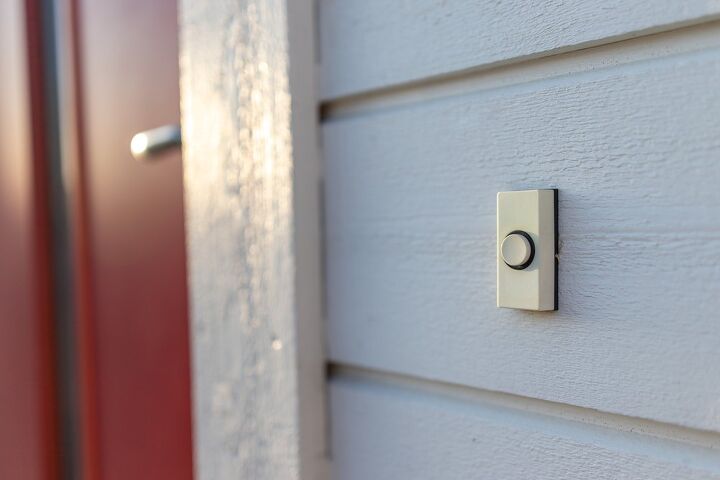







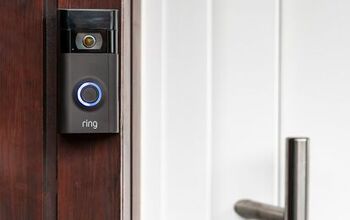
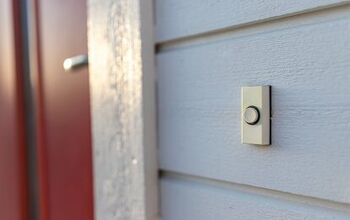



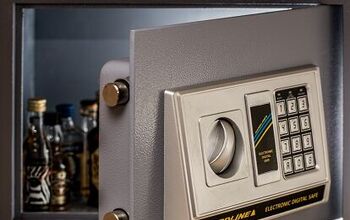




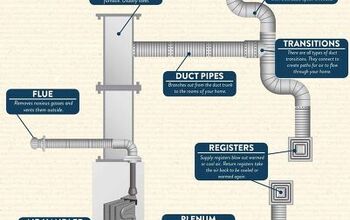
![Standard Dining Room Table Dimensions [for 4, 6, 8, 10 and 12 People]](https://cdn-fastly.upgradedhome.com/media/2023/07/31/9074335/standard-dining-room-table-dimensions-for-4-6-8-10-and-12-people.jpg?size=350x220)




